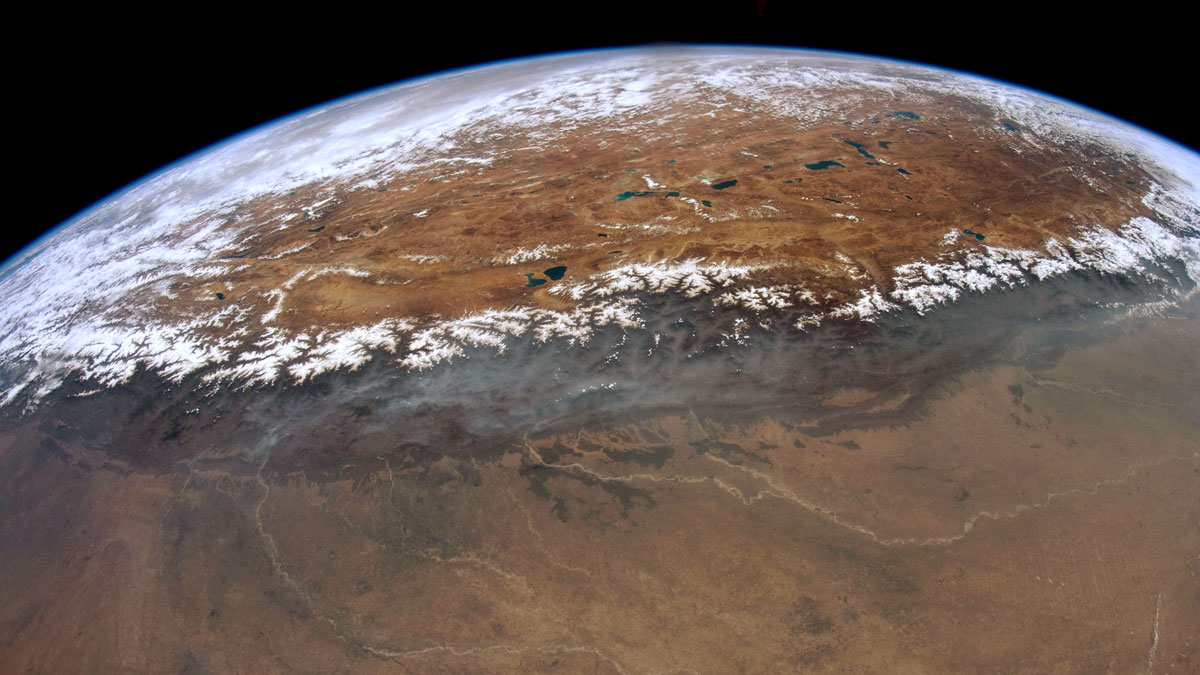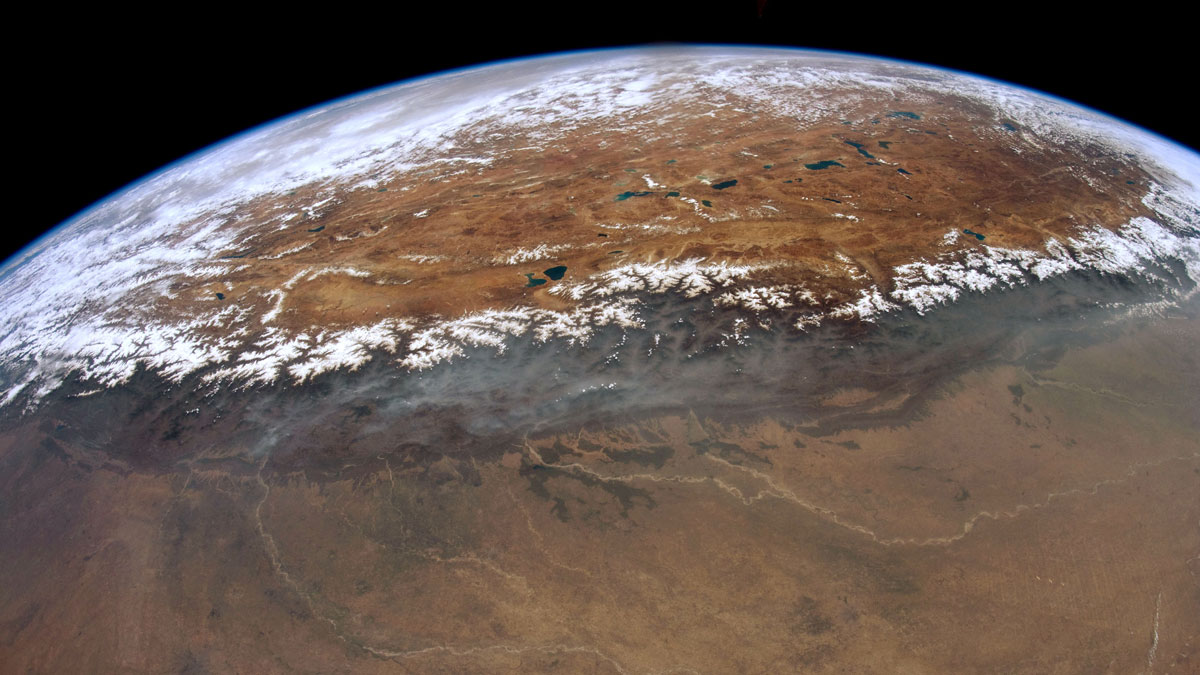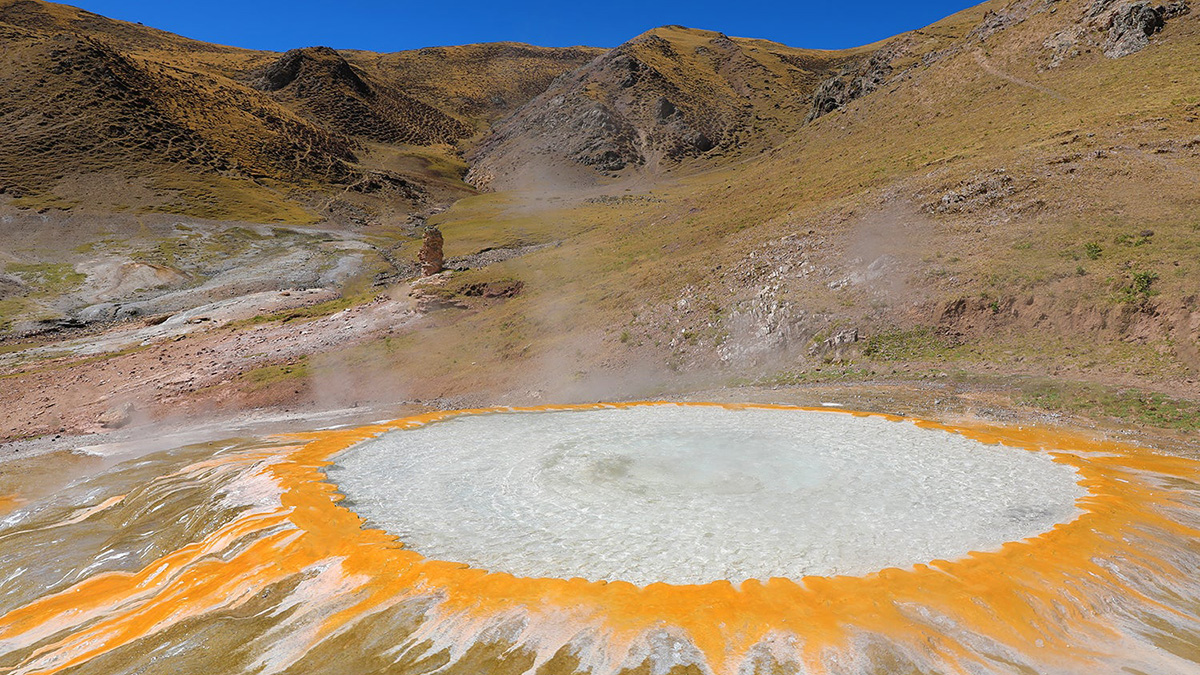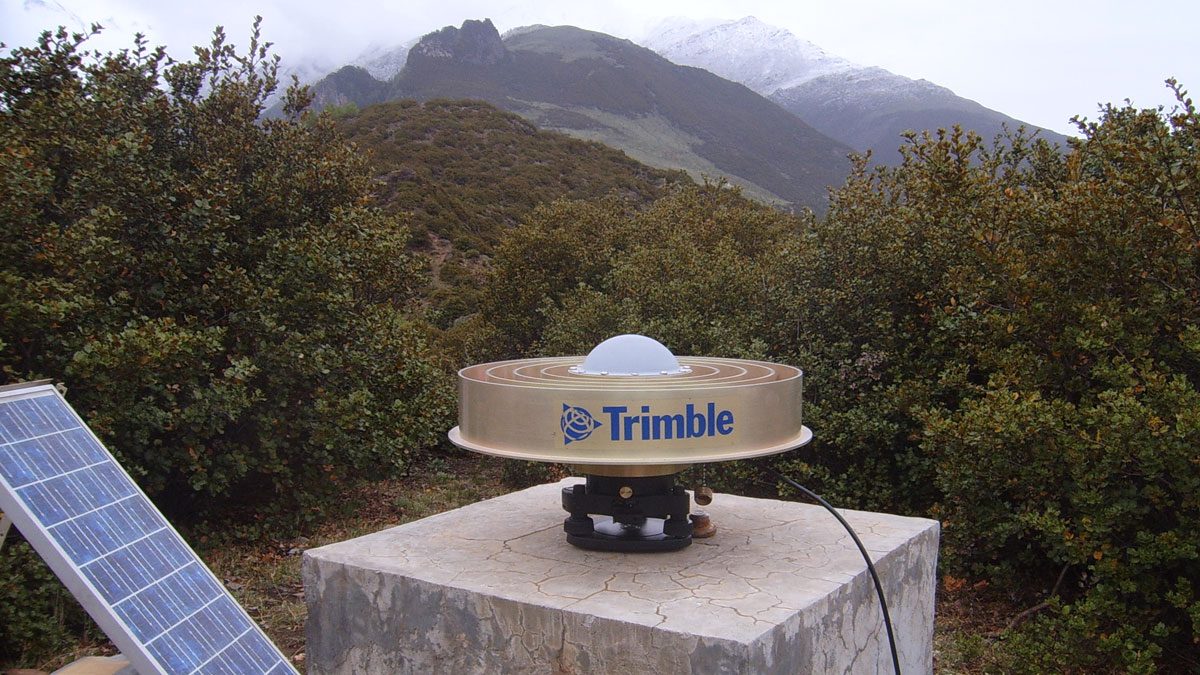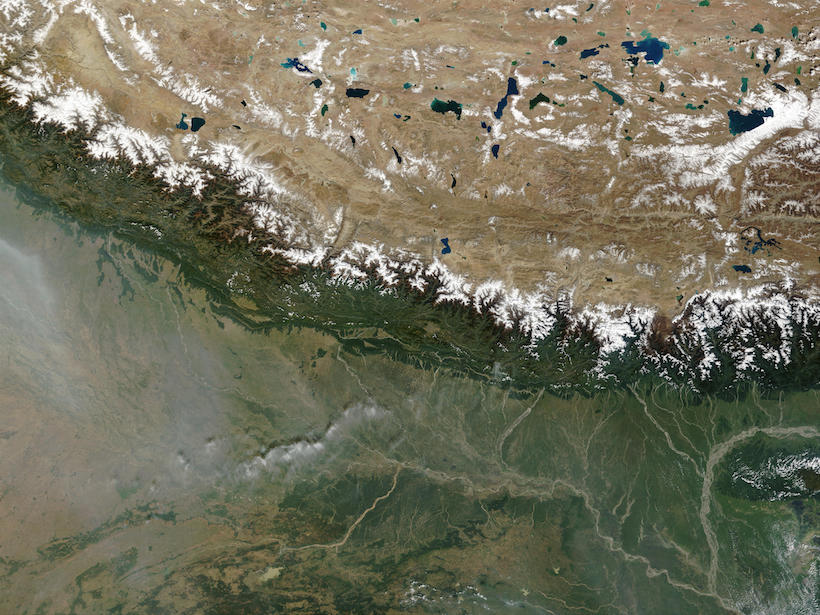Close examination of a 2021 earthquake on the Tibetan Plateau provides hints that, counter to prior assumptions, the influence of fault orientation can sometimes trump that of maturity.
Tibetan Plateau
Mammal Droppings Preserve Human and Climate History on the Tibetan Plateau
Geochemical signatures in sediment, which includes organic molecules from human and animal poop, help scientists track the rise and fall of the Tibetan Empire.
Earth’s “Third Pole” and Its Role in Global Climate
The Tibetan Plateau is a major force in the global climate system and a hot spot for climate change. A new review summarizes the state of knowledge and identifies research needs related to the region.
研究揭示尼泊尔西部喜马拉雅港湾状地形的形成
研究人员通过热运动学研究发现,沿着板块汇聚界面大型逆冲断层在中下部地壳深处的地壳物质堆叠塑造了高原的生长和区域水系的发育。
Uncovering the Formation of the Western Nepal Embayment
Using thermokinematics, researchers have found that crustal accretion along the megathrust at mid-lower crustal depths shapes plateau growth and regional drainage development.
Steep Mountain Slopes Have Surprisingly Long Lifetimes
New models of eastern Tibetan hillsides show that steep slopes with “excess” rock last longer on average than their shallower counterparts.
Hot Springs Suggest How the Tibetan Plateau Became the Roof of the World
Helium isotopes found in water samples provide a snapshot of what lies beneath the plateau and stimulate debate within the geosciences community.
Support for a “Jelly Sandwich” Model of the Tibetan Plateau
Computer modeling constrained by positional data collected in the aftermath of the 2008 Wenchuan earthquake indicates the lower crust is less viscous than the upper mantle below it.
Pollution over the Tibetan Plateau Linked to Sea Ice Loss in the Arctic
New research suggests an atmospheric connection between Arctic sea ice melt and anthropogenic aerosol pollution over the Tibetan Plateau.




